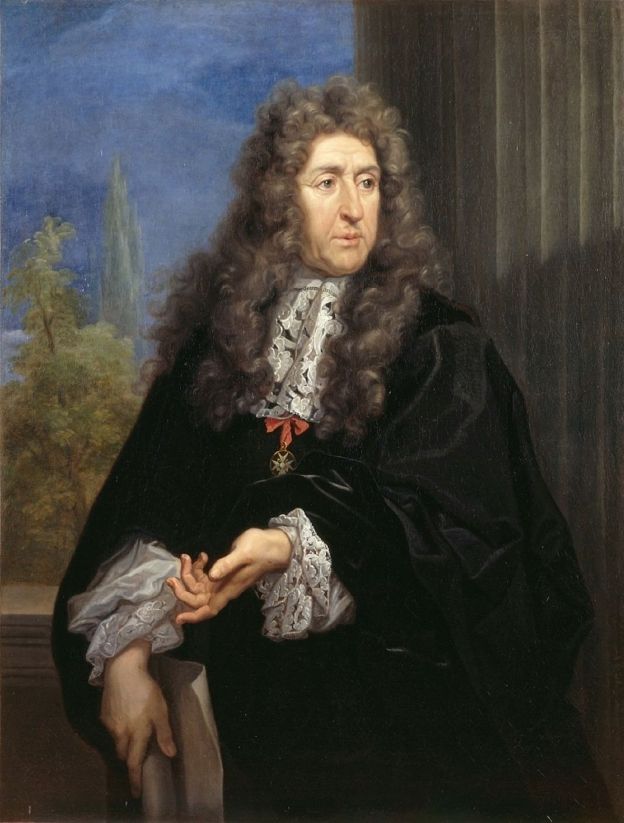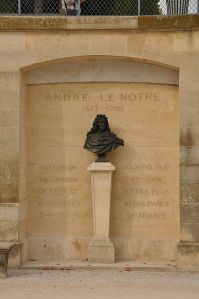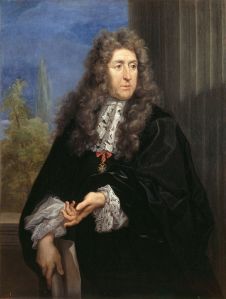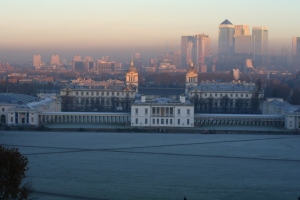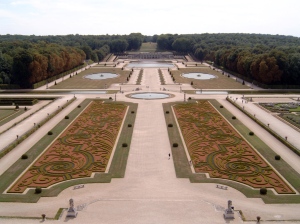Kew Gardens is the world’s largest collection of living plants. Founded in 1840 from the exotic garden at Kew Park in the London Borough of Richmond upon Thames, UK, its living collections include more than 30,000 different kinds of plants, while the herbarium, which is one of the largest in the world, has over seven million preserved plant specimens. The library contains more than 750,000 volumes, and the illustrations collection contains more than 175,000 prints and drawings of plants. It is one of London’s top tourist attractions. In 2003, the gardens were put on the UNESCO list of World Heritage Sites.
Kew Gardens, together with the botanic gardens at Wakehurst Place in Sussex, are managed by the Royal Botanic Gardens, Kew (brand name Kew), an internationally important botanical research and education institution that employs 750 staff, and is a non-departmental public body sponsored by the Department for Environment, Food and Rural Affairs.
The Kew site, which has been dated as formally starting in 1759, though can be traced back to the exotic garden at Kew Park, formed by Lord Capel John of Tewkesbury, consists of 121 hectares (300 acres) of gardens and botanical glasshouses, four Grade I listed buildings and 36 Grade II listed structures, all set in an internationally significant landscape.
Kew Gardens has its own police force, Kew Constabulary, which has been in operation since 1847.
History
Kew, the area in which Kew Gardens are situated, consists mainly of the gardens themselves and a small surrounding community. Royal residences in the area which would later influence the layout and construction of the gardens began in 1299 when Edward I moved his court to a manor house in neighbouring Richmond (then called Sheen). That manor house was later abandoned; however, Henry V built Sheen Palace in 1501, which, under the name Richmond Palace, became a permanent royal residence for Henry VII. Around the start of the 16th century courtiers attending Richmond Palace settled in Kew and built large houses. Early royal residences at Kew included Mary Tudor’s house, which was in existence by 1522 when a driveway was built to connect it to the palace at Richmond.Around 1600, the land that would become the gardens was known as Kew Field, a large field strip farmed by one of the new private estates.
The exotic garden at Kew Park, formed by Lord Capel John of Tewkesbury, was enlarged and extended by Augusta, Dowager Princess of Wales, the widow of Frederick, Prince of Wales. The origins of Kew Gardens can be traced to the merging of the royal estates of Richmond and Kew in 1772. William Chambers built several garden structures, including the lofty Chinese pagoda built in 1761 which still remains. George III enriched the gardens, aided by William Aiton and Sir Joseph Banks. The old Kew Park (by then renamed the White House), was demolished in 1802. The “Dutch House” adjoining was purchased by George III in 1781 as a nursery for the royal children. It is a plain brick structure now known as Kew Palace.
Some early plants came from the walled garden established by William Coys at Stubbers in North Ockendon. The collections grew somewhat haphazardly until the appointment of the first collector, Francis Masson, in 1771. Capability Brown, who became England’s most renowned landscape architect, applied for the position of master gardener at Kew, and was rejected.
In 1840 the gardens were adopted as a national botanical garden, in large part due to the efforts of the Royal Horticultural Society and its president William Cavendish. Under Kew’s director, William Hooker, the gardens were increased to 30 hectares (75 acres) and the pleasure grounds, or arboretum, extended to 109 hectares (270 acres), and later to its present size of 121 hectares (300 acres). The first curator was John Smith.
The Palm House was built by architect Decimus Burton and iron-maker Richard Turner between 1844 and 1848, and was the first large-scale structural use of wrought iron. It is considered ” the world’s most important surviving Victorian glass and iron structure.” The structure’s panes of glass are all hand-blown. The Temperate House, which is twice as large as the Palm House, followed later in the 19th century. It is now the largest Victorian glasshouse in existence. Kew was the location of the successful effort in the 19th century to propagate rubber trees for cultivation outside South America.
In February 1913, the Tea House was burned down by suffragettes Olive Wharry and Lilian Lenton during a series of arson attacks in London. Kew Gardens lost hundreds of trees in the Great Storm of 1987. From 1959 to 2007 Kew Gardens had the tallest flagpole in Britain. Made from a single Douglas-fir from Canada, it was given to mark both the centenary of the Canadian Province of British Columbia and the bicentenary of Kew Gardens. The flagpole was removed after damage by weather and woodpeckers
In July 2003, the gardens were put on the list of World Heritage Sites by UNESCO.















